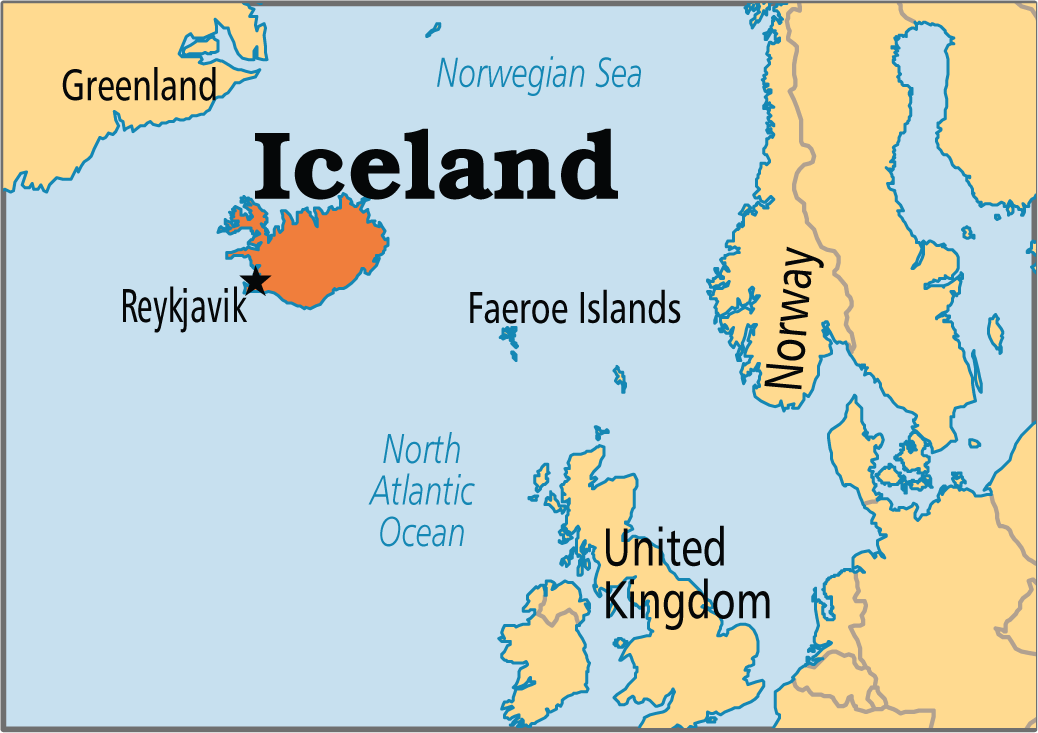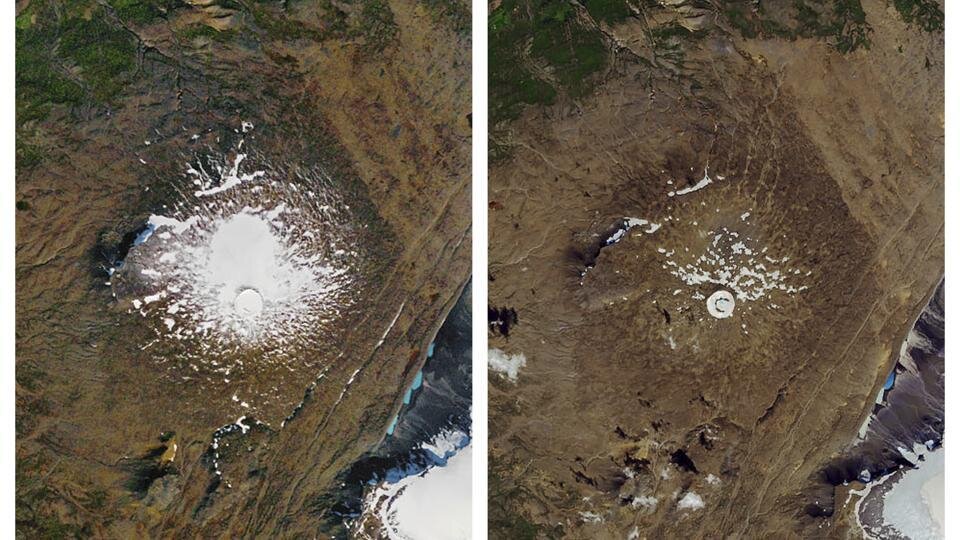First Monument in Memory of a Glacier | 19 Aug 2019
Iceland honours the passing of Okjokull, its first glacier lost to climate change. A bronze plaque was unveiled in a ceremony to mark Okjokull — which translates to “Ok glacier” — in the western Iceland.
- It will be the first monument to a glacier lost to climate change anywhere in the world.
Okjokull Glacier
- Okjokull, also called OK (jokull is Icelandic name for “glacier”), was part of the Langjökull group—one of Iceland’s eight regional groupings of glaciers.
- Vatnajokull group being the largest among them.
Vatnajokull Glacier
- The Iceland’s Vatnajokull National Park was recently added to UNESCO's World Heritage List, is situated in the largest ice cap in Europe i.e Vatnajokull Glacier.
- Vatnajokull National Park is situated in the south Iceland and was officially formed in 2008 by joining together Jokulsargljufur and Skaftafell National Parks.
- It is the largest National Park in Europe and covers an area of 12,000 square kilometers.
- It is situated atop of OK volcano in the west central Iceland.
- Glaciologists stripped Okjokull of its glacier status in 2014.

- A glacier is defined as a persistent mass of compacted ice that accumulates more mass each winter than it loses through summer melt and moves constantly under its own weight. When this ceases to be the case, the remains are known as “dead ice”.
- According to the University of Iceland report (2017), the glacier measured around 16 square kilometre (6.2 square miles) in 1890, which now remains just 0.7 square kilometre.
- It was also labelled as "415 ppm CO2," which means the record level of carbon dioxide measured in the atmosphere.
- According to a study published by the International Union for Conservation of Nature (IUCN), nearly half of the world's heritage sites could lose their glaciers by 2100 if greenhouse gas emissions continue at the current rate.

